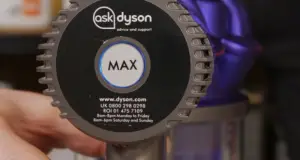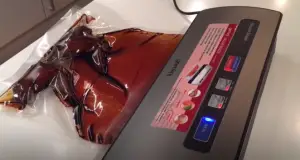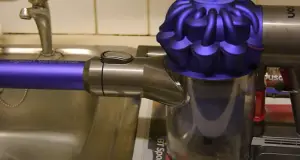How Pool Vacuum Will Not Suction
A pool vacuum is a fairly rudimentary instrument that utilizes a swimming pool pump system to divert water through into the tip of cordless vacuum equipment that scrapes along the pool’s base and edges.
Connecting vacuum pipes to the pool’s pressurizer and switching on the pool pump is all it takes to maintain the vacuum. Interior filtration or netting in the vacuum tip collects dirt from the pool water in certain vacuums that function instantly.
In contrast, others must be dragged along the swimming surfaces by hand with an extended rod in others. If your pool pump system is in good working order, the suction should be relatively trouble-free.
Problems With The Pool Pump
The circulation pump, which also runs the filtration system, is usually at the heart of the pool pump system. The pump could be close by, in a small shed adjacent to the pool or a separate shed a short distance away.
When you look at it closely, you’ll notice that it’s divided into two sections: a suction side and a discharge side. Water entering the suction side of the pump is ordinarily visible through a glass plate on the pump housing’s top.
The pool skimmers, which are constructed buckets on the pool’s sides and accessible from the deck, provide the pipes that lead to the suction side of the pump.
The pump’s downstream side-lines go to the suction hose return jets on the pool’s edges. You should be capable of feeling the water spraying out of these jets if the pump is working correctly.
When vacuuming the pool, connect the vacuum’s hose to the intake port at the bottom of the skimmer. The suction function on the pool control panel is then selected, and water is drawn through the skimmer pipes. After that, connect your pool vacuum tubes to the skimmer hose fitting and start vacuuming.
Problems On The Suction Side
If the vacuum doesn’t function, it’s typically because air has gotten into the vacuum line or the pool pump’s suction side. The system cannot pull water as it should due to the presence of air in the pipes. The following are some possible causes for this issue:
- The pool’s water level is too low. Make sure the pool is filled high enough to cover all of the skimmers and return jets if there are any.
- The vacuum’s suction hose has holes or isn’t entirely connected. Ensure the vacuum hose is appropriately put into the skimmer’s inlet port, then inspect it for cracks or holes.
- The skimmer filter has to be cleaned. Remove the purifier and look for any debris obstructing the water passage to the pool pump.
- The pump cover allows air into the pump. Check for bubbles inside the pump by turning it on and looking through the plate. If you notice any and have ruled out hose issues, the O-ring seal on the cover will most likely need to be replaced.
Turn off the pump and remove the lid, which requires removing the nuts or screws holding it in place, to replace the O-ring.
Remove the old O-ring with a screwdriver. Apply pool seal lubricant to the replacement O-ring. Petroleum jelly will destroy the rubber, so don’t use it. Replace the lid and tighten the bolts securely after working the O-ring into position with the screwdriver.
Problems On The Discharge Side
Problems on the discharge side are less prevalent; check for them only after ensuring that everything on the suction side is in working order.
A failing seal on the union connecting the pump to the discharge-side pipes is the most typical problem. When such occurs, you may notice a small amount of water squirting from the block while the pump is running, which indicates that the seal needs to be replaced.
Turn off the pump before unscrewing the union to replace the seal. On the male side of the fitting, you’ll see an O-ring when you separate it.
Pry it out with a screwdriver, then grease a new one with pool seal oil and insert it in its groove with a screwdriver. Reconnect the union and use a pipe wrench to tighten the nut. Check for leaks by turning on the pump and drawing the union if needed to stop them.
Conclusion
If the vacuum still doesn’t work after you’ve checked the suction and discharge sides of the pump, the motor seal from the inside of the pump is the most likely reason. You can change this seal yourself; however, it will require disassembling the pump. If you’re not technically savvy, you might want to hire a pool pro to do the work for you.




